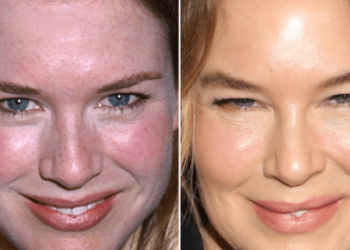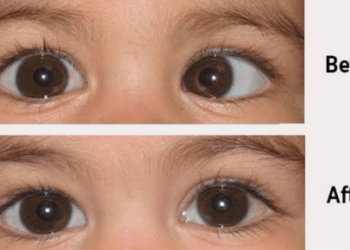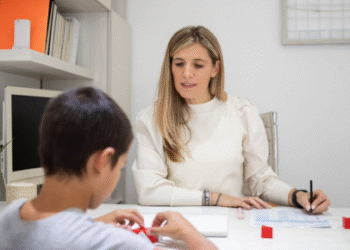1. Introduction to Slip and Fall Cases
Slip and fall incidents can result in serious injuries, impacting your daily life and finances. Settling these cases without surgery is common, as many injuries can be managed with less invasive treatments. Understanding the settlement process is crucial for receiving fair compensation.
2. Common Injuries in Slip and Fall Accidents
Injuries from slip and fall accidents often include sprains, fractures, and soft tissue damage. These injuries can be painful and require medical attention, but they don’t always necessitate surgery. Proper documentation of these injuries is essential for your case.
3. Initial Steps After a Slip and Fall
Immediately after a slip and fall, seek medical attention to document your injuries. Report the incident to the property owner or manager and gather evidence, such as photos of the scene and witness statements. This initial documentation is critical for your settlement.
4. Importance of Medical Documentation
Medical records play a vital role in slip and fall settlements. They provide evidence of your injuries and the treatments required. Keep detailed records of all medical visits, treatments, and prescribed medications to support your claim.
5. Non-Surgical Treatments for Slip and Fall Injuries
Non-surgical treatments for slip and fall injuries may include physical therapy, chiropractic care, pain management, and use of braces or supports. These treatments can be effective in recovery and are less invasive than surgical options.
6. Physical Therapy and Rehabilitation
Physical therapy is a common treatment for slip and fall injuries. It helps restore movement and strength, and reduces pain without surgery. A physical therapist can create a tailored program to aid your recovery and support your claim for damages.
7. Chiropractic Care
Chiropractic care focuses on spinal adjustments and manipulation to alleviate pain and improve function. This treatment can be particularly effective for back and neck injuries sustained in slip and fall accidents, offering a non-surgical alternative for relief.
8. Pain Management Techniques
Pain management may include medications, injections, or alternative therapies like acupuncture. These methods help control pain and inflammation, making daily activities more manageable and supporting your recovery without the need for surgery.
9. Use of Braces and Supports
Braces and supports can stabilize injured areas, aiding in recovery and preventing further injury. They are commonly used for sprains, fractures, and back injuries, providing a non-invasive option to enhance healing.
10. The Role of Rest and Lifestyle Adjustments
Rest and lifestyle adjustments are crucial in recovering from slip and fall injuries. Limiting physical activity and making ergonomic changes at home or work can support the healing process and help avoid aggravating the injury.
11. Psychological Impact and Counseling
Slip and fall accidents can also affect mental health, causing anxiety or depression. Counseling or therapy can address these issues, helping you cope with the emotional aftermath of the incident and supporting your overall recovery.
12. Calculating Economic Damages
Economic damages in slip and fall cases include medical expenses, lost wages, and rehabilitation costs. Accurately calculating these damages is essential for a fair settlement, ensuring you are compensated for the financial impact of your injuries.
13. Non-Economic Damages: Pain and Suffering
Non-economic damages cover pain and suffering, emotional distress, and loss of enjoyment of life. These damages are subjective and vary case by case, but they are an important component of your settlement for non-surgical injuries.
14. Gathering Evidence for Your Claim
Gathering evidence is crucial for supporting your slip and fall claim. This includes medical records, photos of the accident scene, witness statements, and any other documentation that demonstrates the extent of your injuries and the circumstances of the fall.
15. Working with a Personal Injury Attorney
A personal injury attorney can guide you through the settlement process, helping you understand your rights and negotiating on your behalf. They can ensure you receive fair compensation for your non-surgical slip and fall injuries.
16. Understanding Liability in Slip and Fall Cases
Liability in slip and fall cases depends on proving that the property owner was negligent. This could mean they failed to maintain the premises or did not address hazards in a timely manner. Establishing liability is key to securing a settlement.
17. The Role of Insurance Companies
Insurance companies often handle slip and fall claims. They may attempt to minimize payouts, so it’s important to be cautious in your communications with them. An attorney can help navigate these interactions to ensure a fair settlement.
18. Negotiating a Settlement
Negotiating a settlement involves presenting evidence, calculating damages, and sometimes participating in mediation. Your attorney can handle these negotiations, aiming to reach a settlement that fairly compensates you for your injuries and losses.
19. Mediation and Alternative Dispute Resolution
Mediation is a process where both parties attempt to resolve the claim with the help of a neutral third party. It can be an effective way to reach a settlement without going to court, saving time and legal expenses.
20. Preparing for a Settlement Conference
A settlement conference is a formal meeting to negotiate a resolution. Preparation involves gathering all relevant documents, understanding your damages, and being ready to discuss the impact of your injuries. Your attorney will guide you through this process.
21. The Importance of Patience in Settlements
Settling a slip and fall claim without surgery can take time. Patience is important, as rushing the process might result in a lower settlement than deserved. Trust your attorney to handle negotiations diligently to achieve the best outcome.
22. Potential Settlement Amounts
Settlement amounts vary based on the severity of injuries, medical costs, and impact on your life. Non-surgical cases can still result in significant settlements if the injuries are severe and the evidence supports your claim.
23. Post-Settlement Considerations
After reaching a settlement, consider how the funds will be used. This might include paying medical bills, covering lost wages, or setting aside money for future medical needs. Proper financial planning ensures the settlement meets your long-term needs.
24. Avoiding Future Slip and Fall Accidents
Preventing future slip and fall accidents involves being mindful of your surroundings, wearing appropriate footwear, and addressing hazards at home or work. Taking these precautions can help you avoid similar incidents and injuries.
25. Conclusion: Achieving a Fair Settlement
Achieving a fair settlement for a slip and fall injury without surgery requires thorough documentation, effective negotiation, and patience. With the right approach and professional support, you can secure compensation that reflects the impact of your injuries and aids in your recovery.











